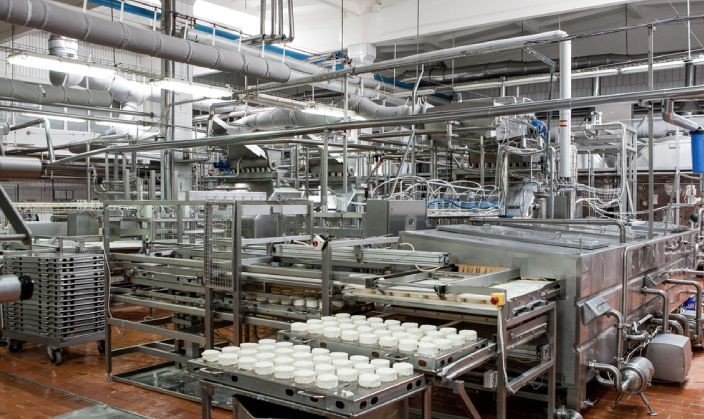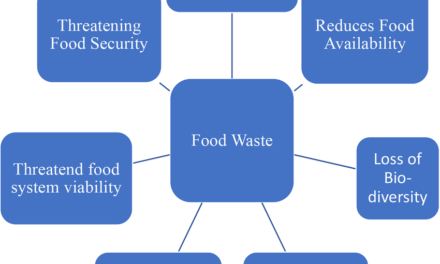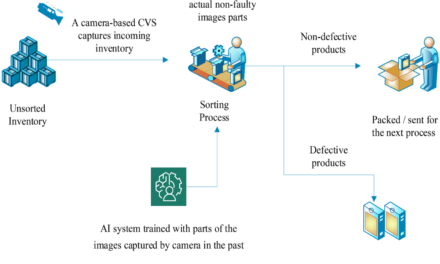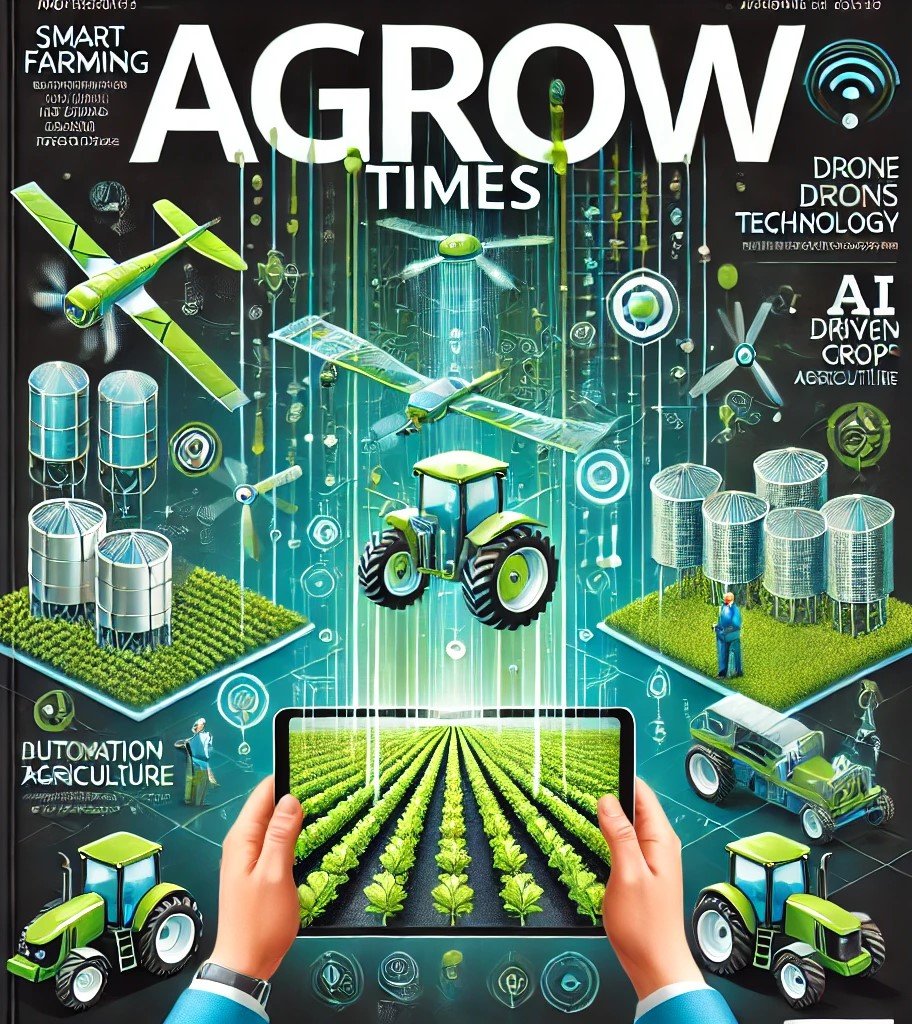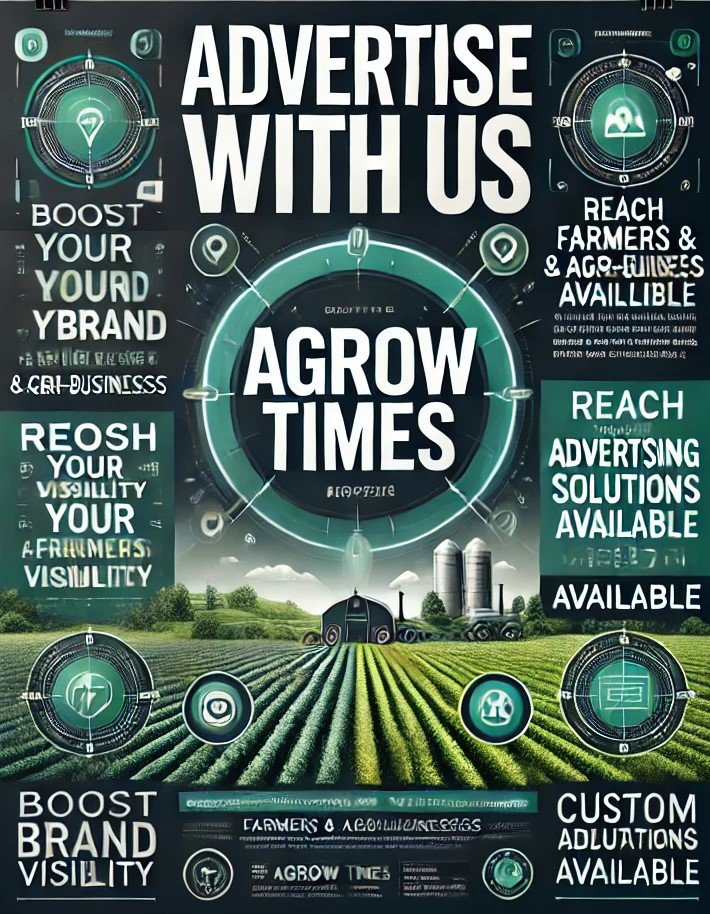Enhancing Rural Livelihoods
- Income Stability: Cooperatives provide a stable income source for millions of rural farmers, reducing dependence on seasonal agriculture.
- Women’s Empowerment: Many cooperatives actively engage women in dairy production, enhancing their financial independence and community roles.
2. Aggregation and Market Access
- Collective Bargaining Power: By aggregating milk from small-scale producers, cooperatives ensure fair prices for farmers and better negotiation power in the market.
- Market Linkages: Cooperatives connect producers directly to markets, bypassing middlemen, which improves profitability.
3. Quality and Standardization
- Quality Assurance: Cooperatives invest in training farmers on hygiene, animal health, and modern milking techniques to ensure high-quality milk.
- Standardization Practices: They implement stringent quality checks at collection points, enhancing the reputation of the dairy industry.
4. Infrastructure Development
- Cold Chain and Logistics: Cooperatives invest in essential infrastructure like chilling centers, transportation, and storage facilities to reduce spoilage and extend product reach.
- Processing Facilities: Many cooperatives establish milk processing plants, enabling value addition through products like butter, cheese, yogurt, and flavored milk.
5. Value Addition and Diversification
- Product Innovation: Cooperatives develop diverse product portfolios, including functional dairy, organic milk, and probiotic-rich products, catering to evolving consumer demands.
- Export Potential: They contribute to the industry’s global reach by maintaining export-quality standards for milk and dairy products.
6. Supporting Small and Marginal Farmers
- Input Supply: Cooperatives provide affordable access to animal feed, veterinary services, and AI (artificial insemination) technologies, enhancing productivity.
- Financial Services: Many cooperatives offer credit, loans, and insurance services to help farmers invest in better livestock and infrastructure.
7. Knowledge Transfer and Capacity Building
- Farmer Training Programs: Cooperatives conduct workshops on best practices in dairy farming, nutrition, and sustainable methods to improve yield.
- Technology Adoption: They facilitate the adoption of technologies like automatic milking machines and data-driven herd management systems.
8. Driving Regional Economic Development
- Employment Generation: Cooperatives create direct and indirect jobs in rural and semi-urban areas, fostering regional economic growth.
- Local Economies: They stimulate local economies by enabling ancillary industries, such as feed manufacturing, equipment supply, and veterinary services.
9. Environmental and Sustainable Practices
- Efficient Resource Use: Cooperatives promote sustainable practices like water conservation, biogas production, and organic farming.
- Waste Management: Many cooperatives adopt technologies to convert dairy waste into valuable by-products like manure and energy.
10. Policy Advocacy and Representation
- Unified Voice: Cooperatives represent farmer interests to government bodies, influencing policies on subsidies, pricing, and export incentives.
- Industry Standards: They work with regulatory authorities to establish and maintain industry standards for milk and dairy products.
Notable Examples
- Amul (India): A global example of how dairy cooperatives can transform an industry, Amul created a successful model of value addition, export, and farmer empowerment.
- Fonterra (New Zealand): A cooperative that leads globally in dairy innovation and exports, showcasing the economic potential of a unified approach.
Dairy cooperatives act as a backbone for the industry by empowering farmers, fostering innovation, and ensuring sustainable growth, which benefits both producers and consumers alike.

